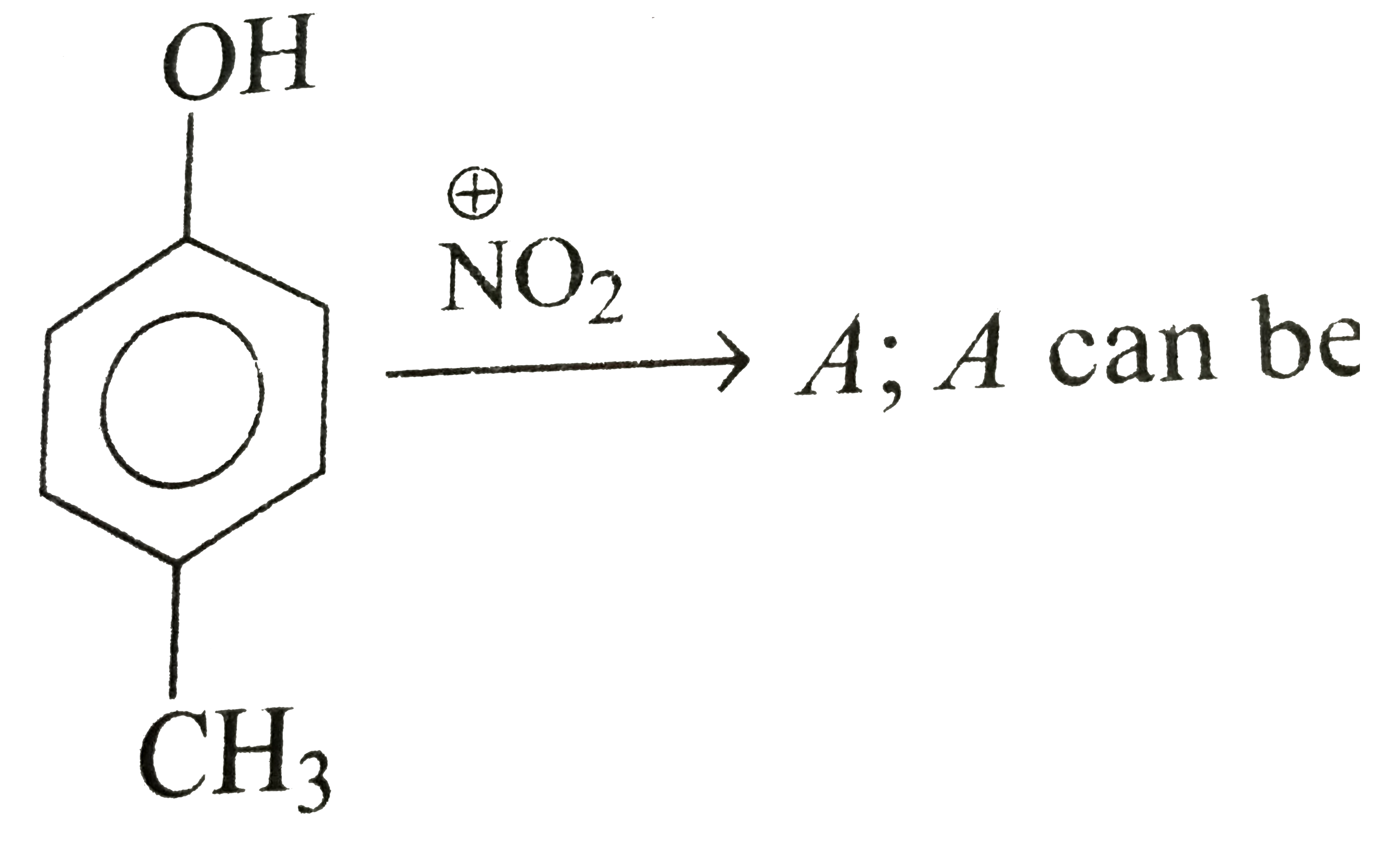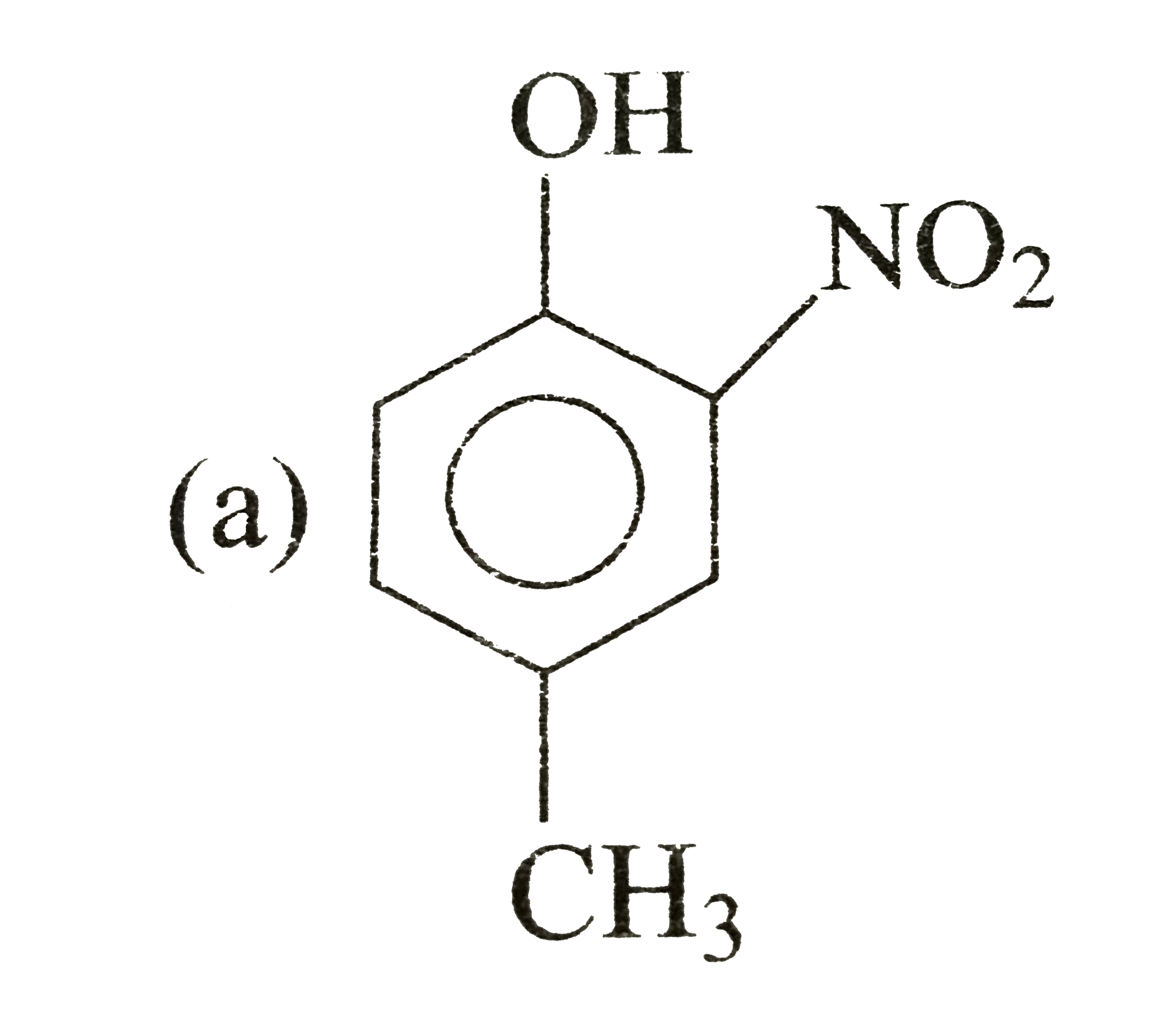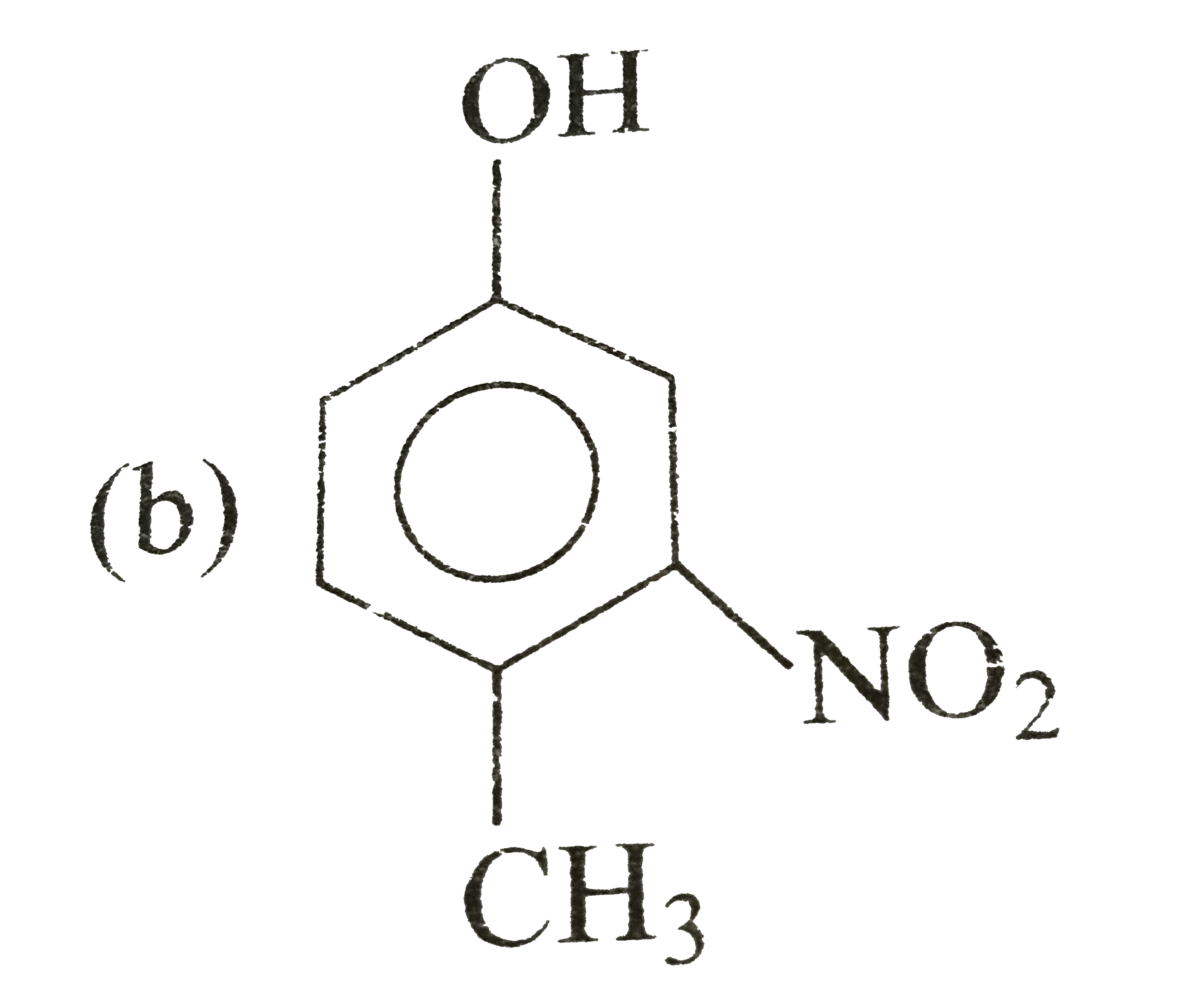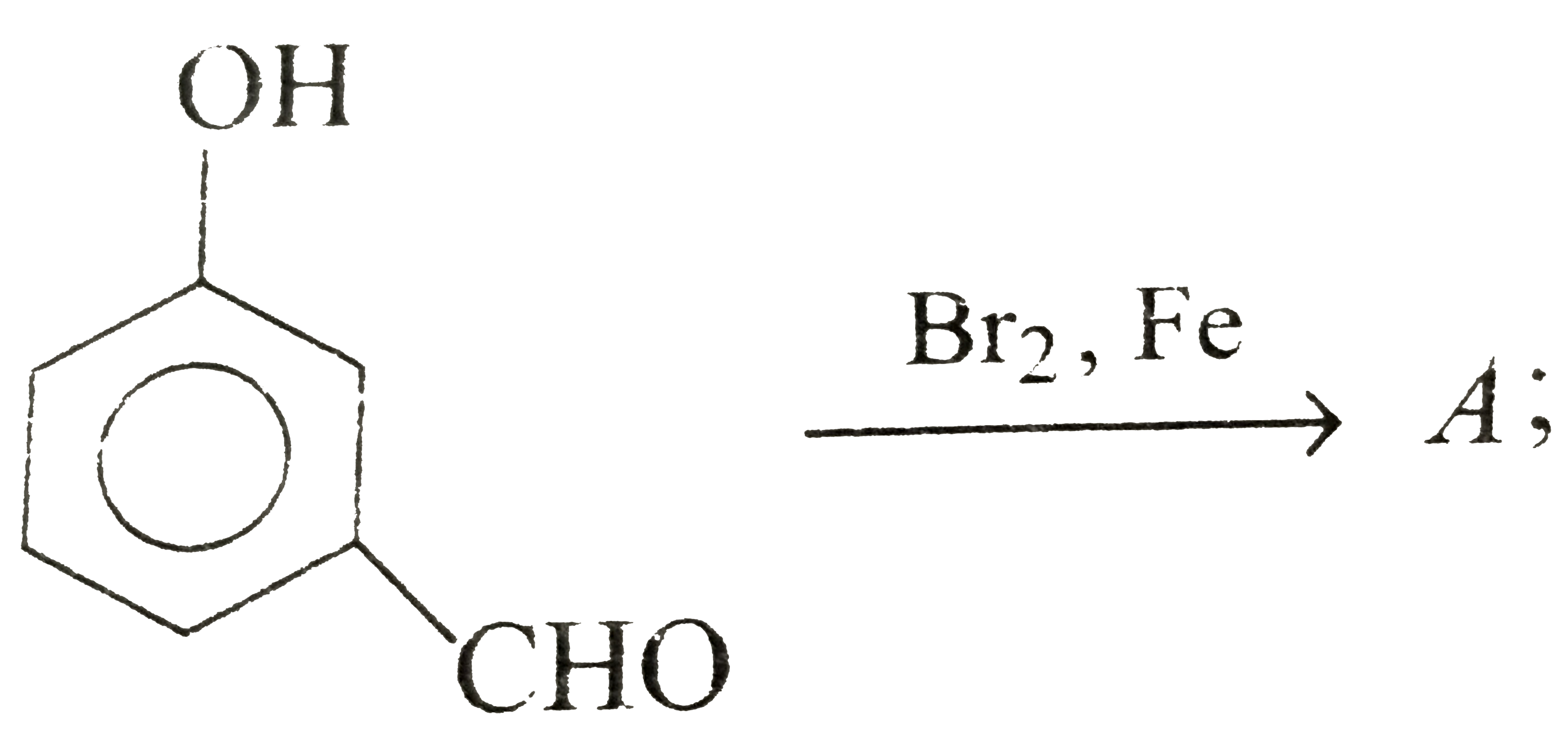Homozygosity can be deveveloped by
inbreeding
out breeding
cross breeding
MOET
The correct Answer is:A
Step-by-Step Solution:
1. Understanding Homozygosity:
- Homozygosity refers to a genetic condition where an individual has two identical alleles for a particular gene. This means that there are no variations in the alleles present.
2. Defining Inbreeding:
- Inbreeding is the mating or breeding of closely related individuals. This often occurs within the same species and can lead to a higher probability of offspring inheriting the same alleles from both parents.
3. Effects of Inbreeding:
- When inbreeding occurs over several generations (typically 4 to 5), it leads to a decrease in genetic variation. As a result, the offspring are more likely to be homozygous for certain traits.
4. Consequences of Homozygosity:
- Increased homozygosity can lead to the expression of recessive traits, which may be detrimental. This can result in a phenomenon known as inbreeding depression, where the overall fitness and reproductive success of the organism decline.
5. Comparison with Other Breeding Techniques:
- Unlike inbreeding, techniques such as outbreeding, crossbreeding, and multiple ovulation embryo transfer involve mating individuals from different genetic backgrounds. These methods promote genetic diversity and prevent the negative effects associated with homozygosity.
6. Conclusion:
- Therefore, the development of homozygosity is primarily associated with inbreeding, making it the correct answer to the question.
Final Answer:
Homozygosity can be developed by inbreeding.
---
- Homozygosity refers to a genetic condition where an individual has two identical alleles for a particular gene. This means that there are no variations in the alleles present.
- Inbreeding is the mating or breeding of closely related individuals. This often occurs within the same species and can lead to a higher probability of offspring inheriting the same alleles from both parents.
- When inbreeding occurs over several generations (typically 4 to 5), it leads to a decrease in genetic variation. As a result, the offspring are more likely to be homozygous for certain traits.
- Increased homozygosity can lead to the expression of recessive traits, which may be detrimental. This can result in a phenomenon known as inbreeding depression, where the overall fitness and reproductive success of the organism decline.
- Unlike inbreeding, techniques such as outbreeding, crossbreeding, and multiple ovulation embryo transfer involve mating individuals from different genetic backgrounds. These methods promote genetic diversity and prevent the negative effects associated with homozygosity.
- Therefore, the development of homozygosity is primarily associated with inbreeding, making it the correct answer to the question.
Homozygosity can be developed by inbreeding.
Similar Questions
Knowledge Check

'A' can beAPbCl2BSbCl3CSnCl2DRbCl : A can be :A
: A can be :A B
B C
C Dno reaction
Dno reactionAssertion. Inbreeding increases homozygosity thus helps in developing a pureline in any organism.
Reason. Continued inbreeding leads to heterosis.AIf both Assertion and Reason are true and the Reason is a correct explanation of the Assertion.BIf both Assertion and Reason are true but Reason is not a correct explanation of the Assertion.CIf Assertion is true but the Reason is false.DIf both Assertion and Reason are false.
Assertion (A) : Inbreeding increases homozygosity thus helps in developing a pureline in any organism.
Reason (R) : Continued inbreeding leads to heterosis
View Solution
(A) can be:
View Solution A, A can be :
A, A can be :
View SolutionTo determine heterozygosity or homozygosity a plant must be crossed with:
View SolutionA: Geitonogamy helps in maintaining homozygosity and superiority of the race indefinitely
R: It is functionally ecorlogically and genetically cross pollination
View Solution

 A can be :
A can be :